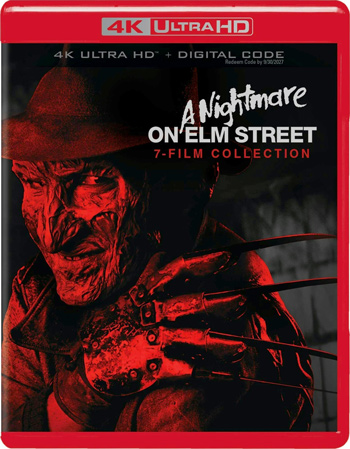
Warner Bros.
A true master of horror, the late Wes Craven left an indelible mark on the horror landscape, and while his filmmaking credits are riddled with gems throughout a career spanning four decades, the brainchild that remains his most celebrated creation will always be the A Nightmare on Elm Street films.
The late 70s and early 80s had seen a boom in the newfangled slasher horror genre, a cultural phenomenon that thrilled teens who happily threw their money at the box office in the hope of being scared out of their wits, and startled pious parents across the world into a moral panic about the genre’s potential to corrupt the youth.
Opening with original theme music that haunts you in an effective but different way than the scores to Halloween or Friday the 13th did, 1984’s A Nightmare on Elm Street begins inside one of the nightmares controlled by the terrifying Freddy Krueger, immediately unsettling the viewer as Craven has now made it clear that all bets are off for what lies ahead.
Having originally considered simply having a stuntman portray his villain, Craven realized that having a seasoned actor portray the character would bring a degree of nuance to the antagonist that was necessary to invoke the desired terror Craven had envisioned, and thus Robert Englund was cast as the immortal boogeyman stalking teens in their sleep, the actor’s range and commitment ensuring that the filmmakers could take full advantage of the untapped potential of having an antagonist that was much more than a mere hulking shape.
When we are introduced to our teenaged Freddy fodder, the beats seem familiar for the slasher genre at this point, however, by the time the first victim succumbs to Freddy as she frantically tries to flee him in the unlevel playing field that is the dream realm, her surreal and bloody demise is unlike anything that had ever been done in the genre before, and by this time the viewer is locked in and unnerved.
As Freddy terrorizes the protagonists, the sense of peril continues to build as the dream world increasingly seems to seep into the waking world, sowing sincere doubts about how to defeat a boogeyman that moves within your dreams, making the safety of your bed and the inescapable need for sleep anything but the sweet release it should be.
The concept of the Final Girl™ had already been established at this point, with Jamie Lee Curtis’ Laurie in Halloween, and the likes of Adrienne King’s Alice and Amy Steel’s Ginny in the first two Friday the 13th films, but with the character of Nancy, Heather Langenkamp brought a new level of assertiveness to the archetype as she got the better of Freddy in the end.
Or did she?
With another surreal, nightmarish moment, the ending of the first film left the door open for Freddy to return, not that this was anything new for slashers at this point, as Carpenter had begrudgingly resurrected Michael Myers for Halloween II in 1981, and 1984’s Friday the 13th: The Final Chapter proved to be anything but.
A Nightmare on Elm Street: Freddy’s Revenge saw Englund become increasingly playful with Freddy’s personality and mannerisms, his startling presence and legendary quipping being greatly expanded upon as he seeks to take over the life and body of Jesse, portrayed by horror’s self-proclaimed first male scream queen, Mark Patton.
However, the second film was not as well-received as its predecessor, the narrative twists leaving critics and viewers confused about the seemingly homoerotic overtones, eventually gaining the film a reputation as being quintessentially queer horror, something that has been poured over and dissected for years, which Patton himself examines as he details his journey in the excellent documentary Scream, Queen: My Nightmare on Elm Street.
Still, Freddy had now become an omnipresent horror icon, and after the backlash the sophomore film received did not put a halt to the franchise, more familiar ground would be tread in the next film by bringing Langenkamp back to reprise her role as Nancy in A Nightmare on Elm Street 3: The Dream Warriors, which many fans pivot towards as their favorite installment in the franchise thanks to how well it balances the terror of Freddy with dark humor that does not go overboard, thereby avoiding detracting from this being a horror film after all.
The franchise did indeed seem to reach the pinnacle of its premise with the third film, as it would only go on to be more convoluted and bogged down by lore in subsequent installments, and Englund being exceedingly comfortable inhabiting the character under the layers of special effects makeup saw his popularity reach new heights, as he had carved the way for his character to enter the pop culture mainstream with toys, costumes, and even a spin-off TV series.
By the time the 80s neared their end, however, A Nightmare on Elm Street was also starting to run out of steam, as the franchise struggled to recapture the compelling qualities the third film in particular brought to the table, since finding a satisfactory replacement for Patricia Arquette’s Kristen proved impossible, resulting in it once again only being Englund’s exceptional performance that kept audiences coming back, albeit it was now less about how scary he was, but rather about what new one-liners he would taunt the protagonists with.
The effects were still innovative and arresting, but with Tuesday Knight failing to impress as the new Kristen, and Lisa Wilcox’ Alice subsequently being overshadowed by narratives that overwhelmingly relied on an overabundance of Freddy’s quips as well as outlandish effects by the likes of Screaming Mad George, A Nightmare on Elm Street 4: The Dream Master and A Nightmare on Elm Street 5: The Dream Child saw the franchise become one of spectacle rather than horror, with it reaching a seemingly final stop in the underwhelming Freddy’s Dead: The Final Nightmare in 1991.
And while Freddy did appear to be dead, it is of course not befitting of a horror icon to stay buried, so Craven returned to the helm of the franchise once more with Wes Craven’s New Nightmare in 1994, which not only saw Freddy break into the real world and terrorize the actors and director portraying themselves, but it also made Freddy scary again, not to mention it laid the groundwork for the meta approach utilized for Scream only two years later, which of course also stands as another crowning jewel in Craven’s filmography.
A Nightmare on Elm Street was a vision that could only have sprung from the imagination of Wes Craven, as what he started and the creative choices he made, such as the inspired casting of Robert Englund, as well as the veritable Who’s Who of special effects makeup legends who let their creativity flow free to bring the nightmares to life over the years, all played a part in forever changing the landscape of horror in ways that still shock and enthrall to this day, making the A Nightmare on Elm Street franchise the kind of legacy that dreams are made of.
Extras include commentary tracks, documentaries, featurettes, alternative endings, music video, and 3D glasses.




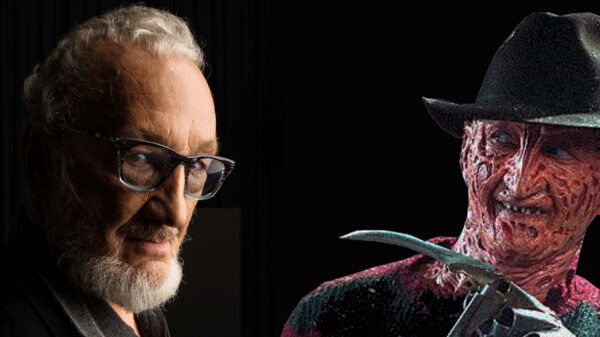
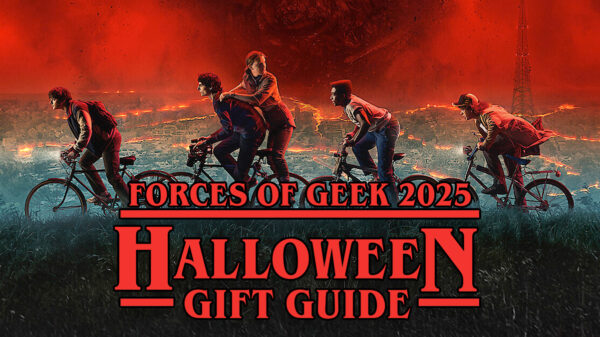
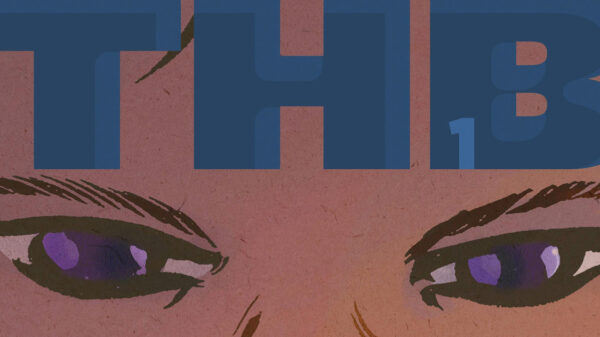

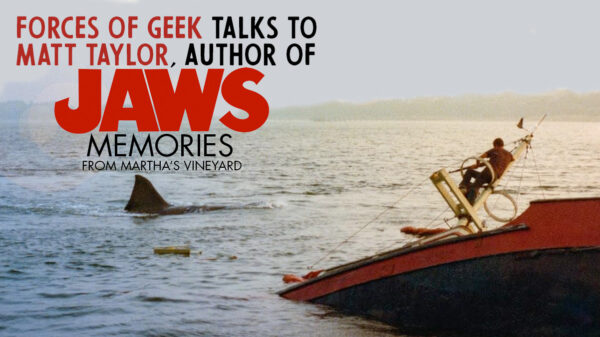
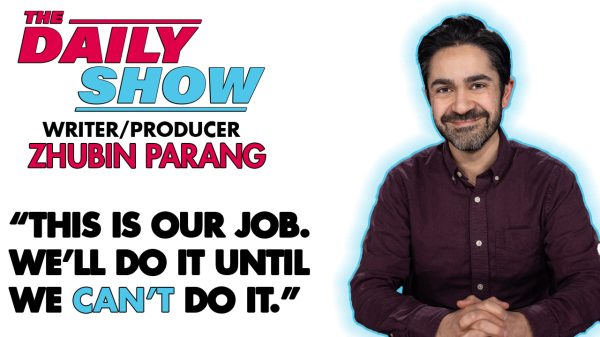
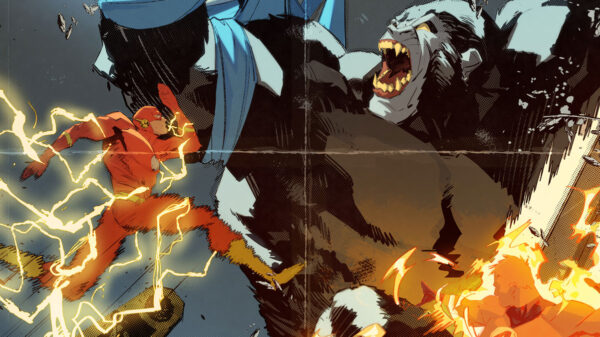
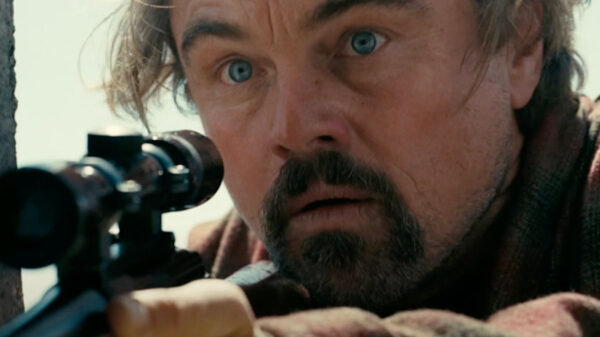
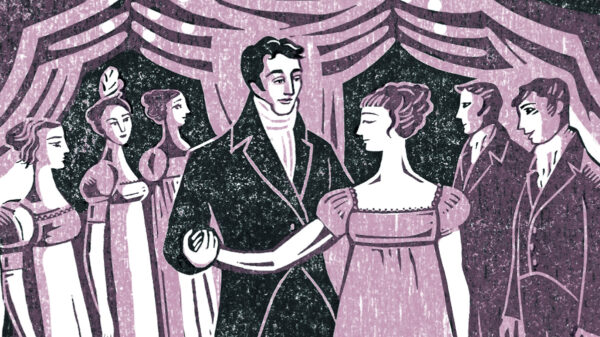
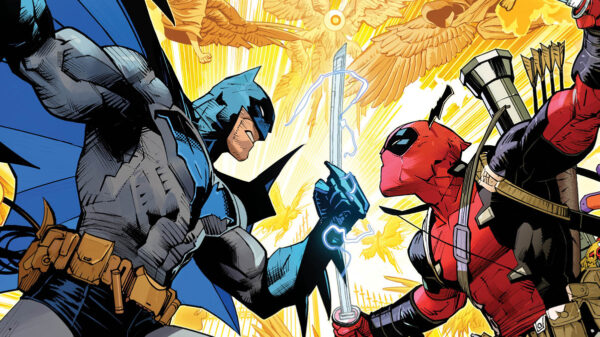
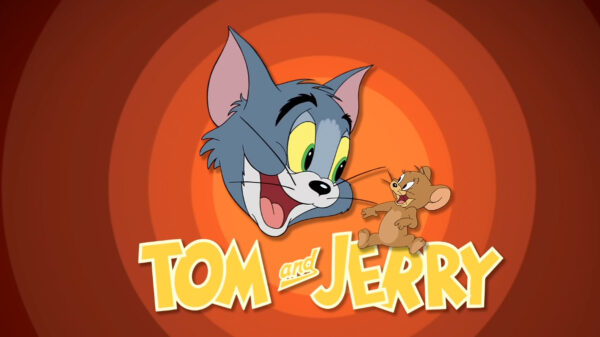



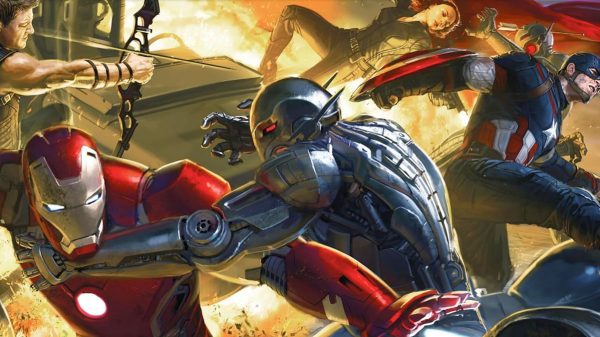

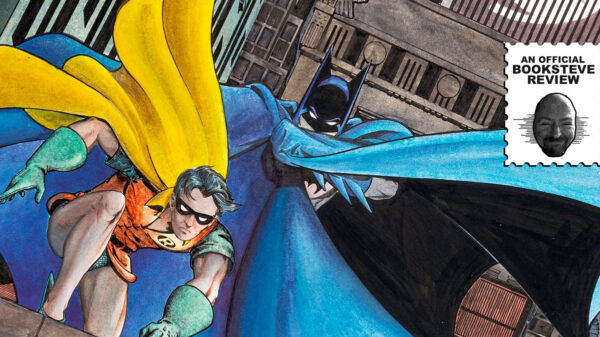
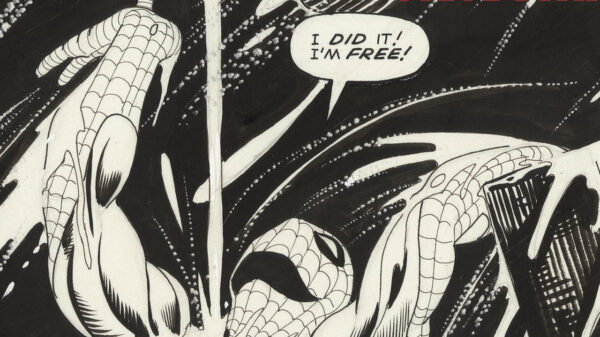
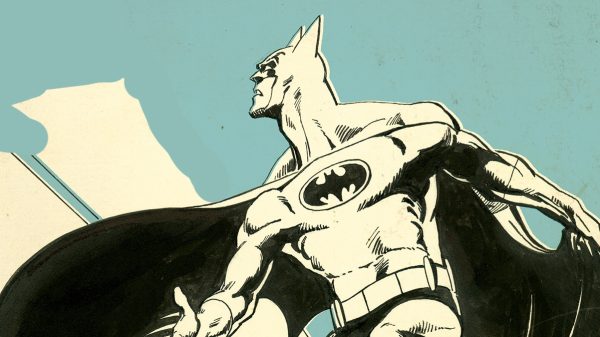

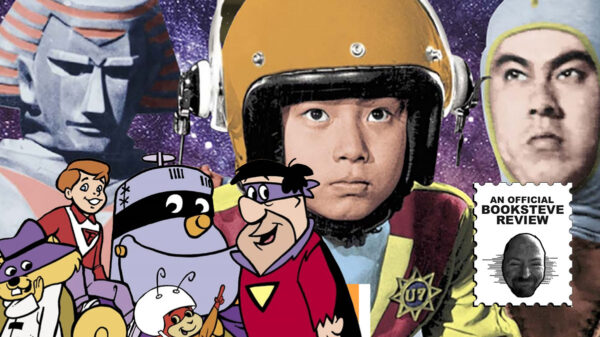
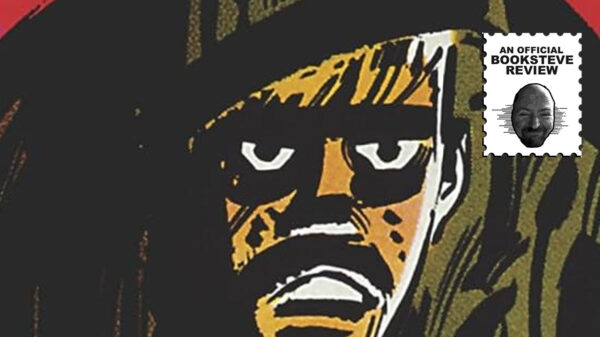
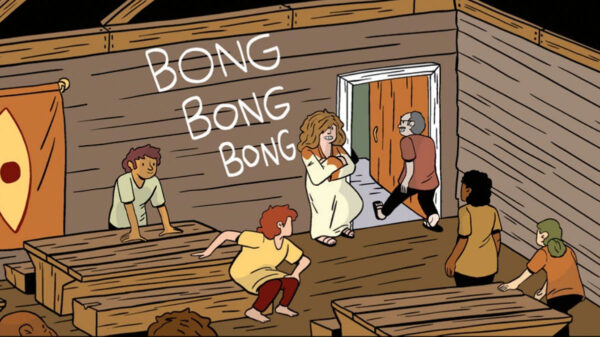
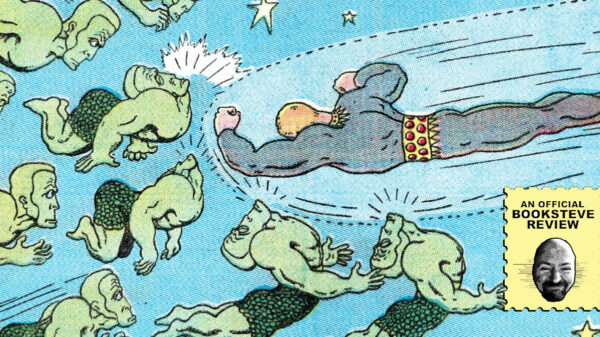
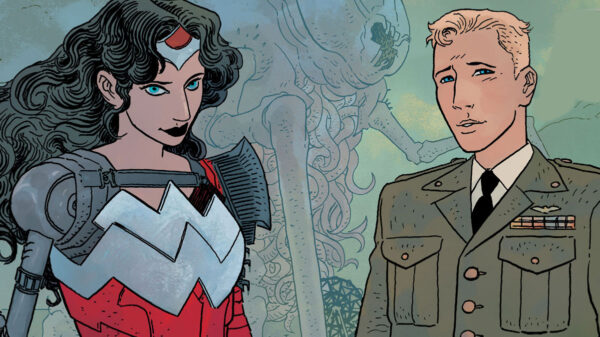









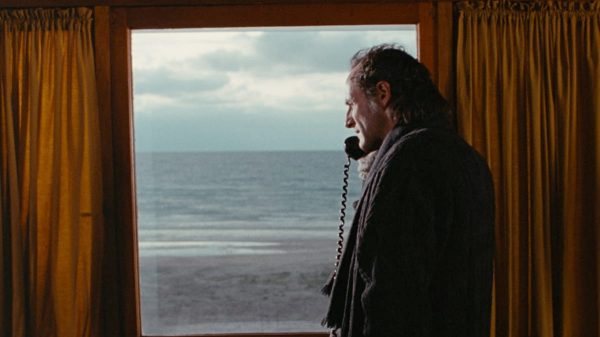
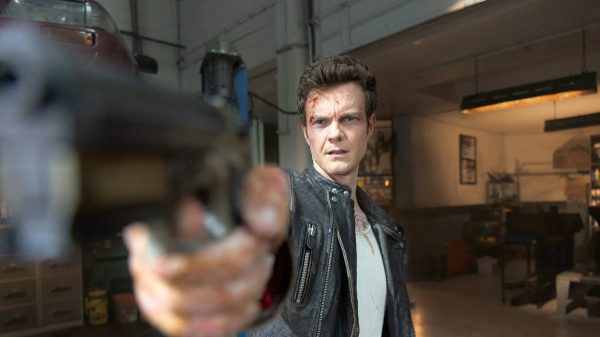
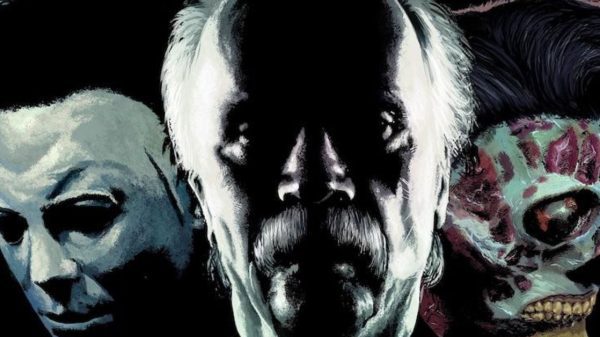
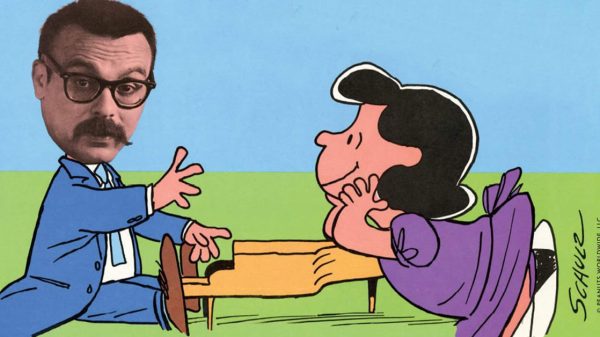
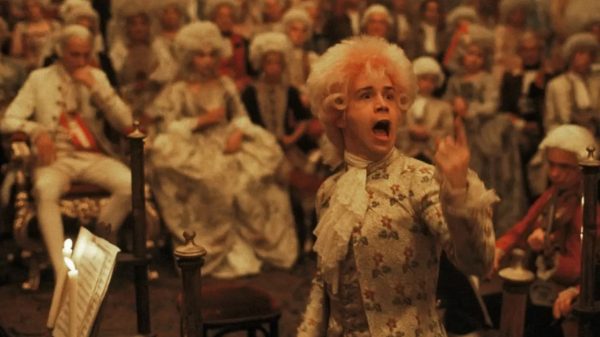











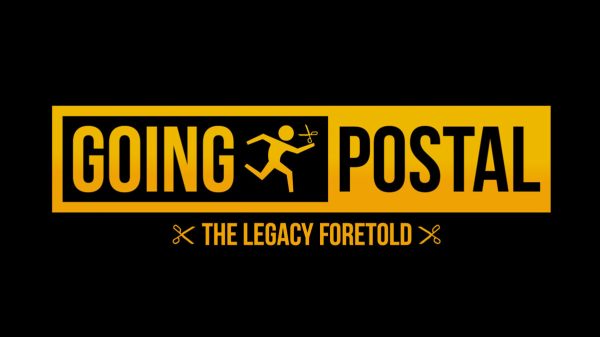

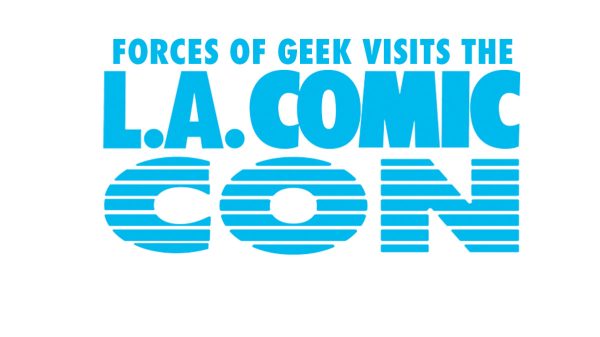
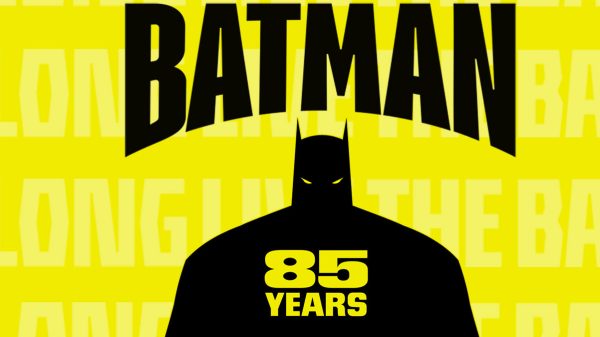


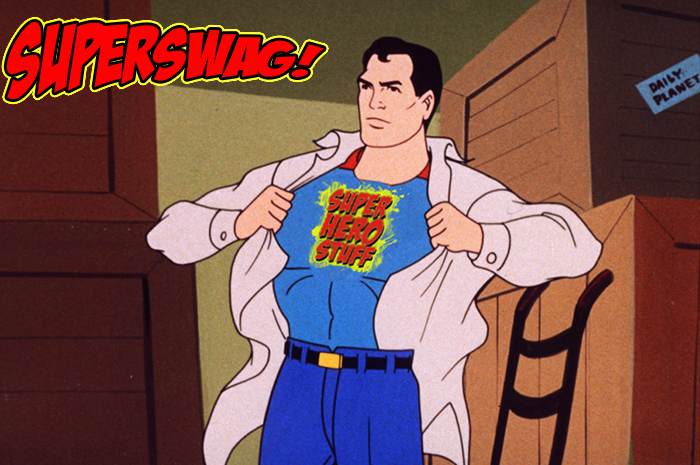

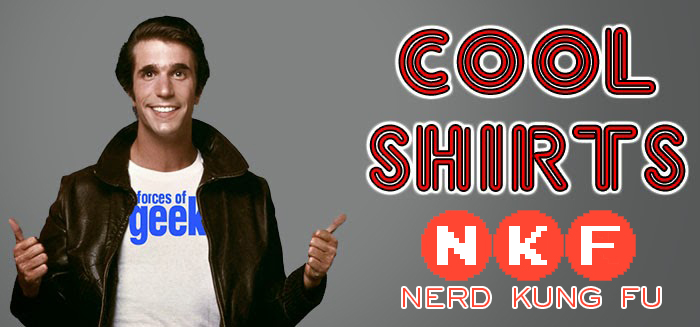
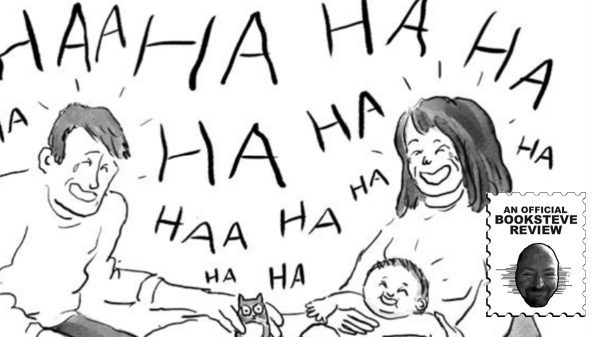



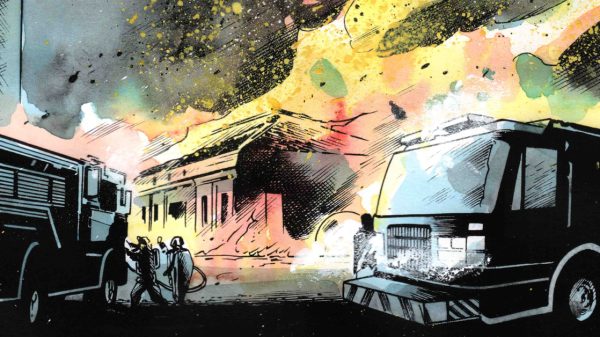




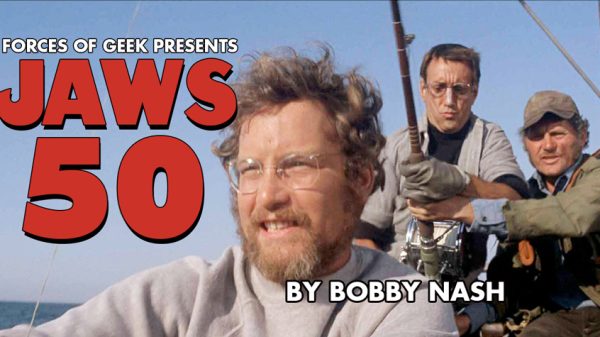









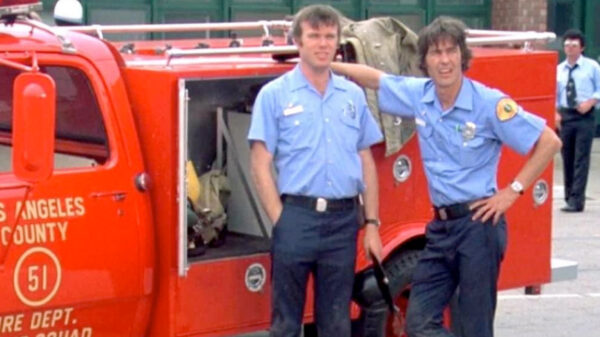
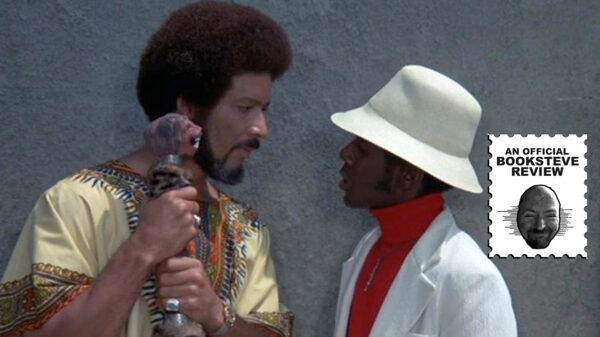
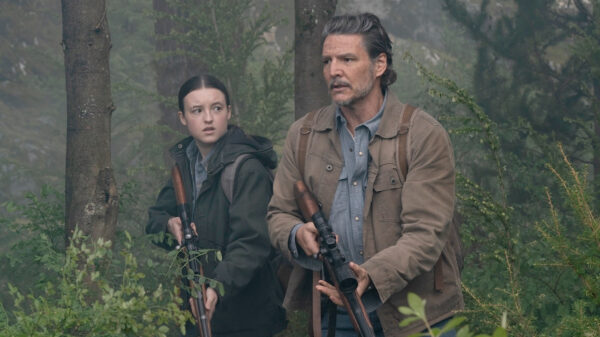




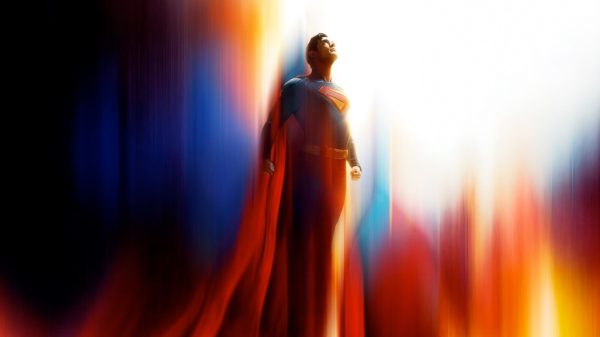
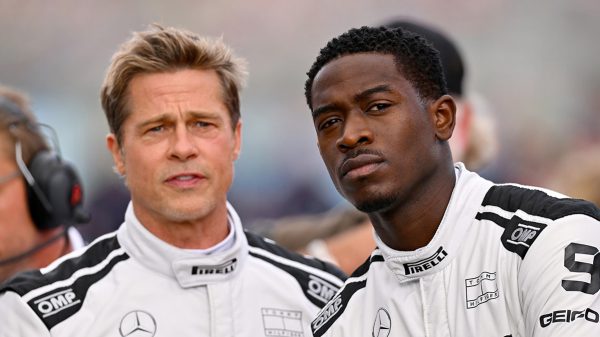




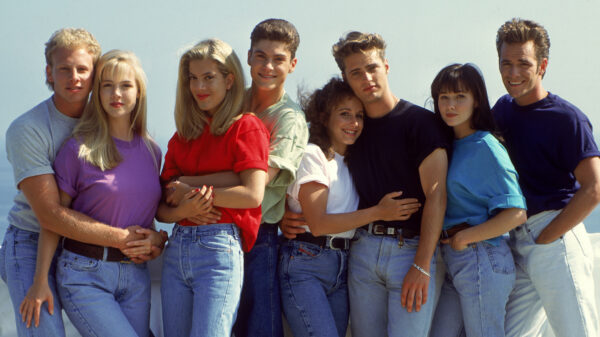
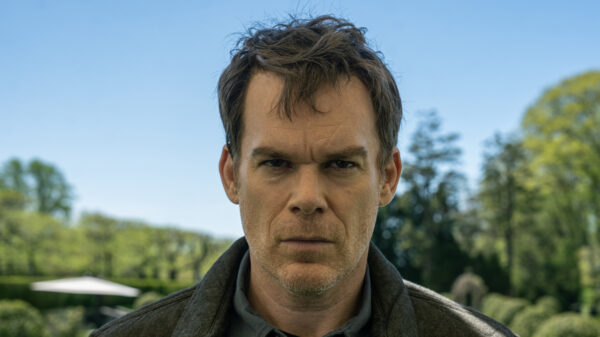
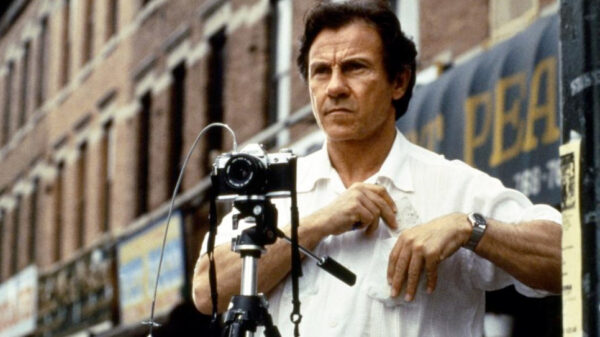
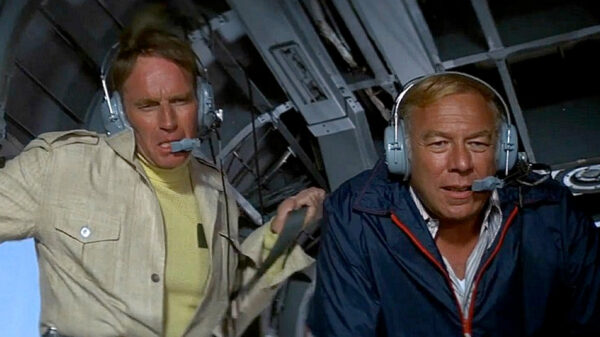




You must be logged in to post a comment Login